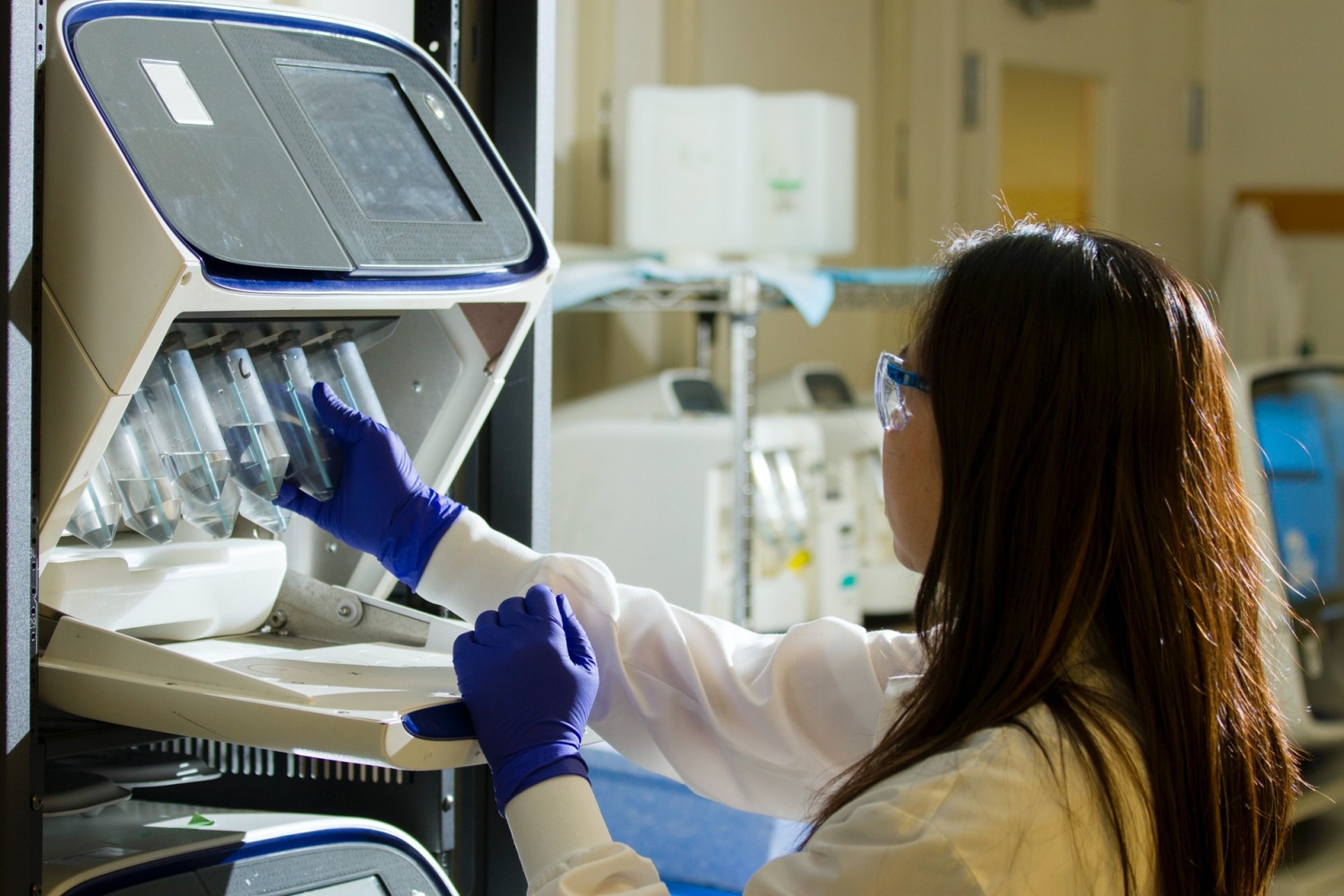Science/Tech
Gene Therapy: What Is It And Why Is It Important?

(Photo : National Cancer Institute on Unsplash)
It's no news that the basis of heredity is rooted in genetics. Genes are the reason we express certain traits similar to our parents. Through years of scientific research, this concept has advanced from being Mendel's big explanation for a genetic inheritance to a medical breakthrough. Genetics is promising the human race a new frontier in disease prevention and cure. Imagine a world without cancer and other chronic diseases.
What is Gene Therapy?
Gene therapy is a technique aimed at altering defective genes to recover their functions.
The body is made of small units called cells which embody proteins that determine how the body functions. The genes contain codes or instructions for every protein in the body. A mutation in the genetic code will affect the protein it codes for and ultimately results in a disease condition. With gene therapy, diseases caused by a genetic defect can be treated or prevented by correcting the mutations. It can be done through any of these mechanisms:
-
Substitution of a defective gene that causes a disease condition with one that doesn't.
-
Addition of new genes to help the body to fight or prevent disease conditions.
-
Inhibit the action of genes that are causing diseases.
Many CDMO gene therapy companies are working on processes to improve the technique. The process of gene therapy first involves the identification of the defective gene. Next is the isolation of the functioning gene and its duplication through a process called polymerase chain reaction (PCR). Then, the functioning gene is inserted into the cell or the body part in need of it.
Insertion is done using a vector which acts as a vehicle that carries the functioning gene. Retroviruses have the property of delivering genetic material into the cell, this makes them suitable vectors.
Insertion can be done via two methods. Selecting a method of insertion is based on the goal of treatment, the disease and affected cells.
-
In-vivo gene therapy: the vector (containing the functioning genetic material) is directly injected into the defective cell.
-
Ex-vivo therapy: stem cells are harvested from the patient, modified with the functioning genetic material and then reintroduced into the patient.
Gene therapy is still under clinical trial. However, there have been reported successes in the treatment of diseases like leukaemia, haemophilia and Severe combined immune deficiency (SCID).
Why Gene Therapy is Important
-
Cure for chronic diseases: gene therapy will help combat chronic diseases that have plagued humans for centuries. For example, mutant genes that cause cancer can be replaced by functioning ones to prevent the disease.
-
Life-long therapy: with gene therapy, we can cure diseases for life. There'll be no fear of disease recurrence.
-
Prevents transfer of genetic diseases: it prevents children from inheriting defective genes from their parents.
-
Elimination of continuous therapy: gene therapy is aimed at providing a one-time treatment. Patients would not need to be back for more treatment.
Though gene therapy presents several impediments such as cost, ethical issues and some technical risks, it still holds promise for a better quality of life.
* This is a contributed article and this content does not necessarily represent the views of counselheal.com









Join the Conversation